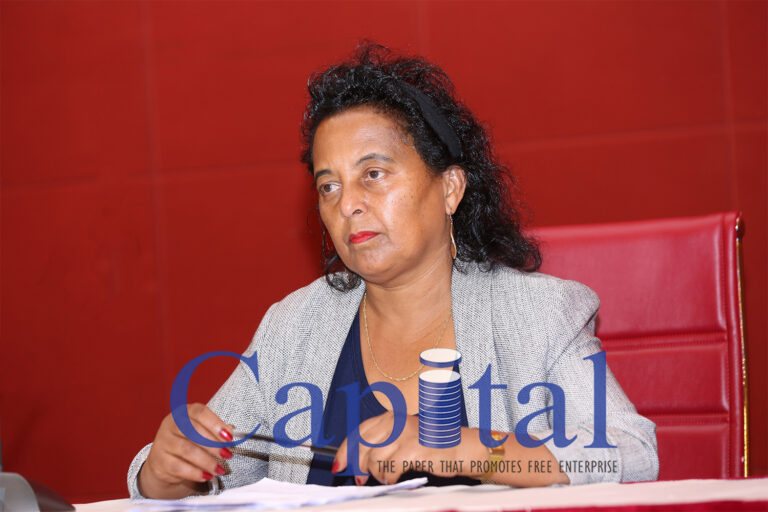Subscribers increases to 46.2 million
The sole telecom service provider in the country Ethio telecom announced that its total service subscribers have reached 46.2 million showing an increase of 5.8 percent from the previous period. In the budget year of 2019/2020 Ethio telecom also amassed 47.7 billion birr revenue.
According to Frehiwot Tamru, Chief Executive Officer of the company, aiming to achieve its strategic goal the company has conduct different reforms which enhance the service provider to harvest 47.7 billion birr which is 105 percent higher than the target and 31 percent increment from the previous year.
According to Frehiwot, network expansion, project targeting to enhance customer experience and satisfaction, 4G/LTE full coverage in Addis Ababa and introduction of LTE advanced service in some parts of Addis Ababa, fixed broadband services with massive tariff reduction as well as offering 16 new and 25 revamped local and international products and services were the factors that helped it register the achievement.
The CEO revealed that 147.7 million USD was generated from international business, showing 50 percent increase from the last budget year.
She further noted that 11.3 billion birr tax, 4 billion birr dividend and 10.2 billion birr (318.4 million USD) loan payment for projects implemented under vendor-financing modality were made during the period.
She also said that five billion birr is paid as a commission to vendors that also help create employment across the nation.
Frehiwot said Ethio telecom has contributed a total of 1.15 billion birr in kind, service and cash as part of its corporate social responsibility in area such as health, agriculture, environmental protection and beautification of cities.
Infrastructure vandalism, security vulnerability, commercial power interruption, COVID-19 and telecom fraud were mentioned as the challenges in the budget year.
Ethio telecom has 95 percent population coverage, 85.4 percent geographical and 46.1 percent density coverage nationwide. The number of Ethio-telecom’s customers has reached 46.2 million, showing a 5.8% growth compared to the previous year.










